Agile vs. Waterfall: Choosing the Right Methodology for New Business
VerifiedAdded on 2023/05/29
|5
|963
|79
Essay
AI Summary
This essay provides a comparative analysis of Agile and Waterfall project management methodologies, arguing that the Agile approach is more suitable for establishing an organic grocery store in Virginia. The Waterfall model, with its linear and sequential structure, is deemed inappropriate due to the rapidly evolving nature of the organic grocery sector and its reliance on fixed requirements. Conversely, the Agile methodology, characterized by flexibility, incremental delivery, and independent decision-making, is presented as a better fit for adapting to changing market conditions and customer needs. The essay draws parallels with the John Deere ISG case study and the positive effects of Scrum, highlighting Agile's capacity to integrate new product lines into existing businesses, prioritize features, and involve stakeholders actively in the development process. Ultimately, the essay concludes that Agile, particularly the Scrum framework, offers the necessary adaptability and customer focus for successfully introducing an organic grocery business in a dynamic market environment.
1 out of 5
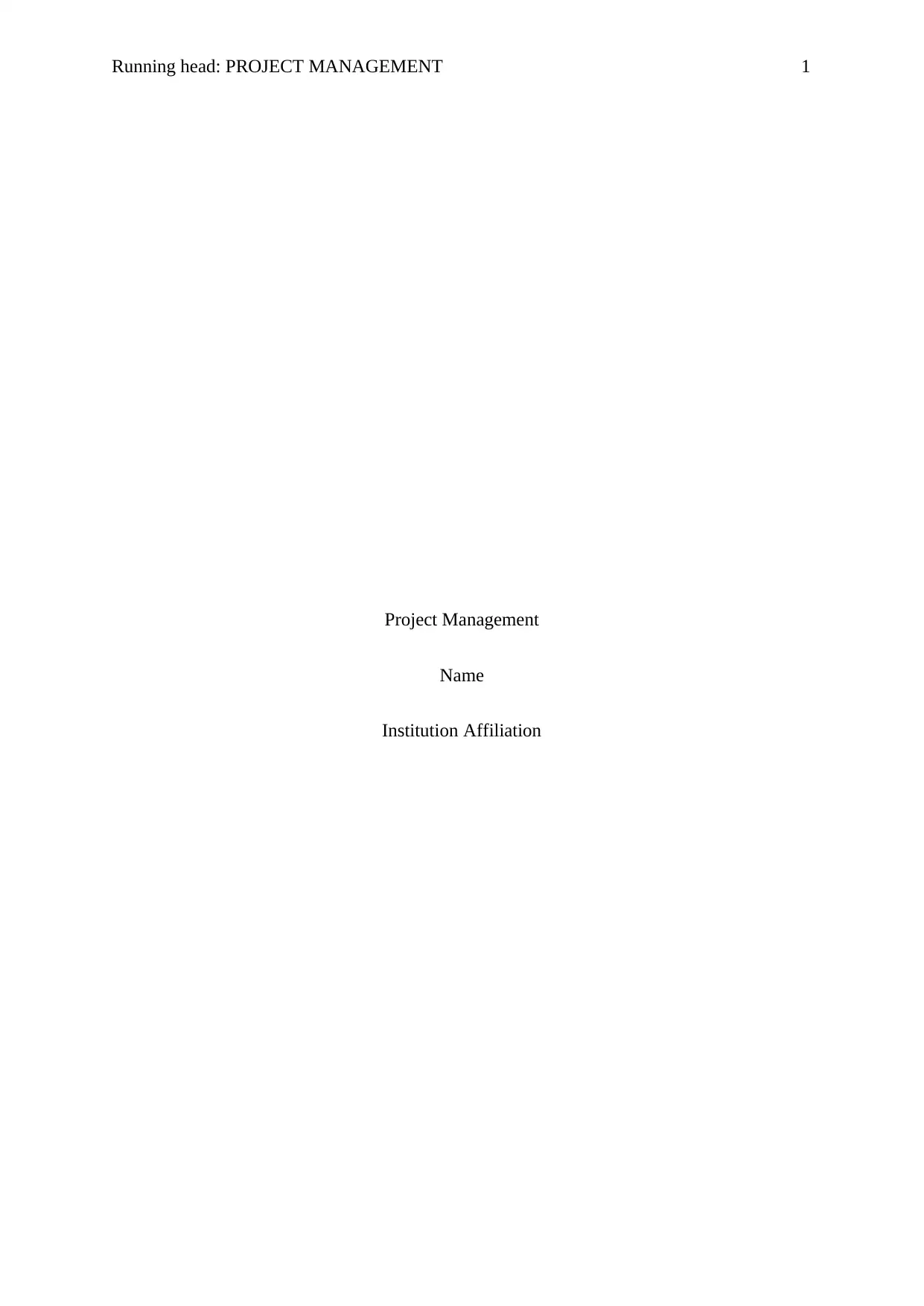
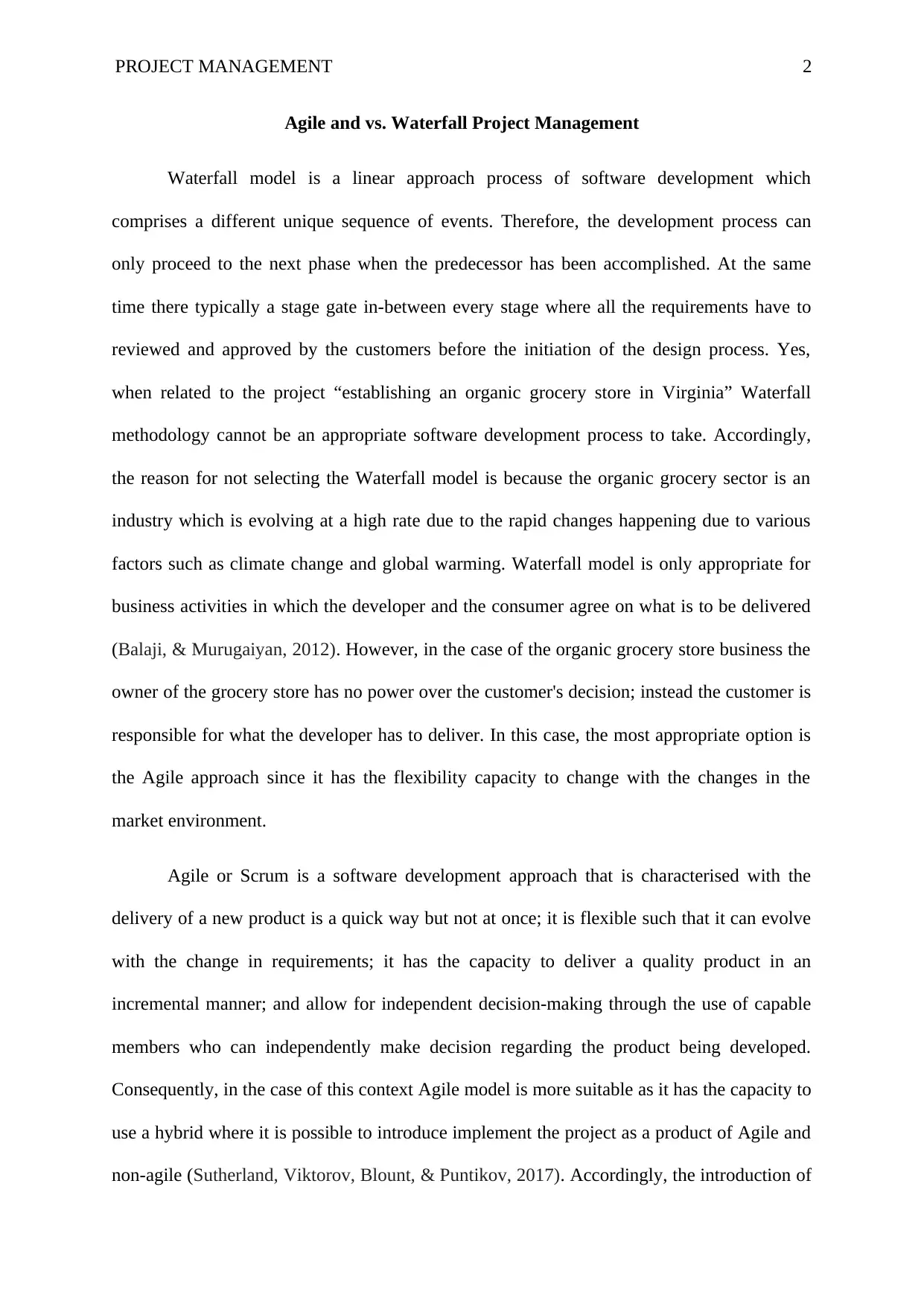
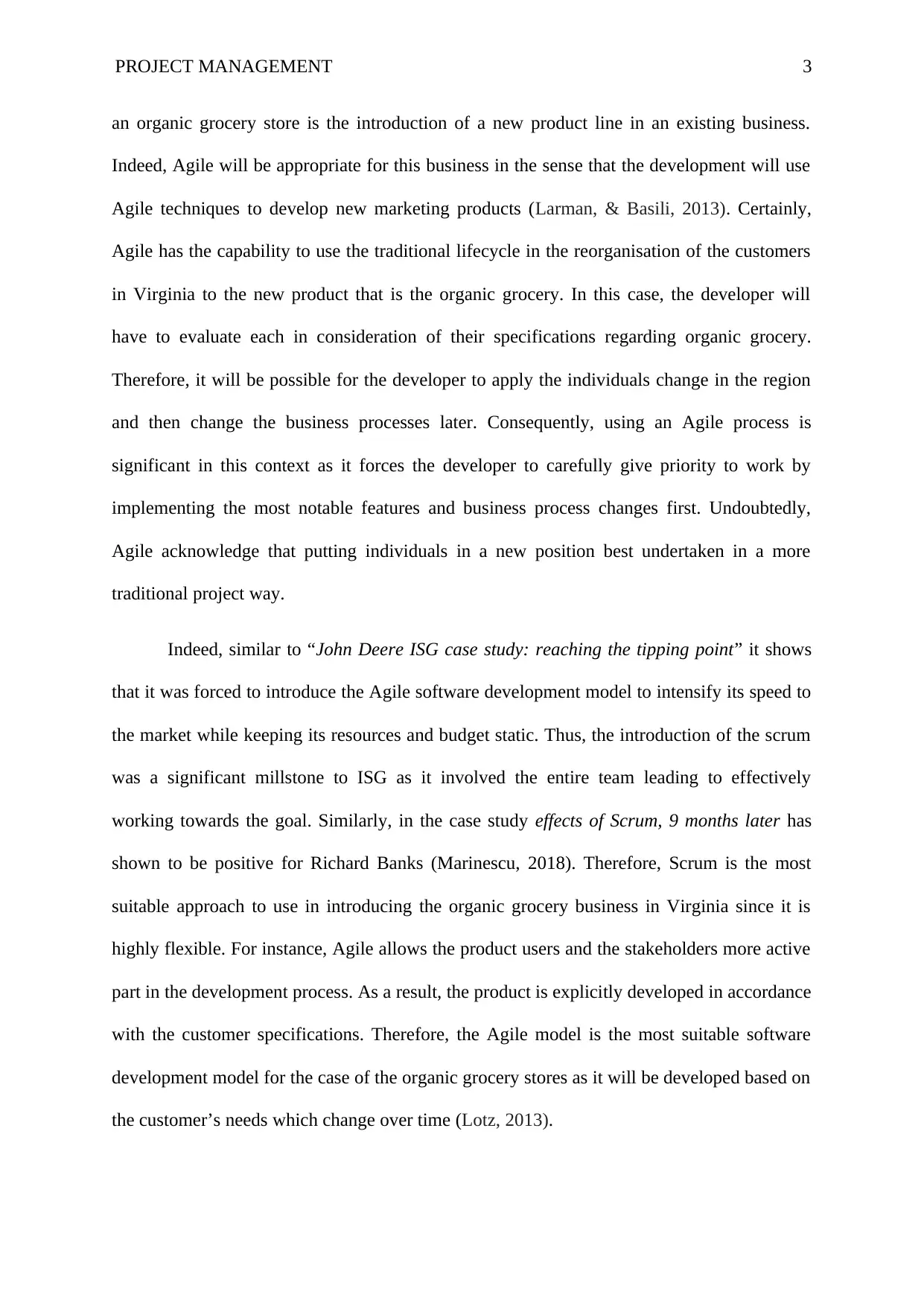

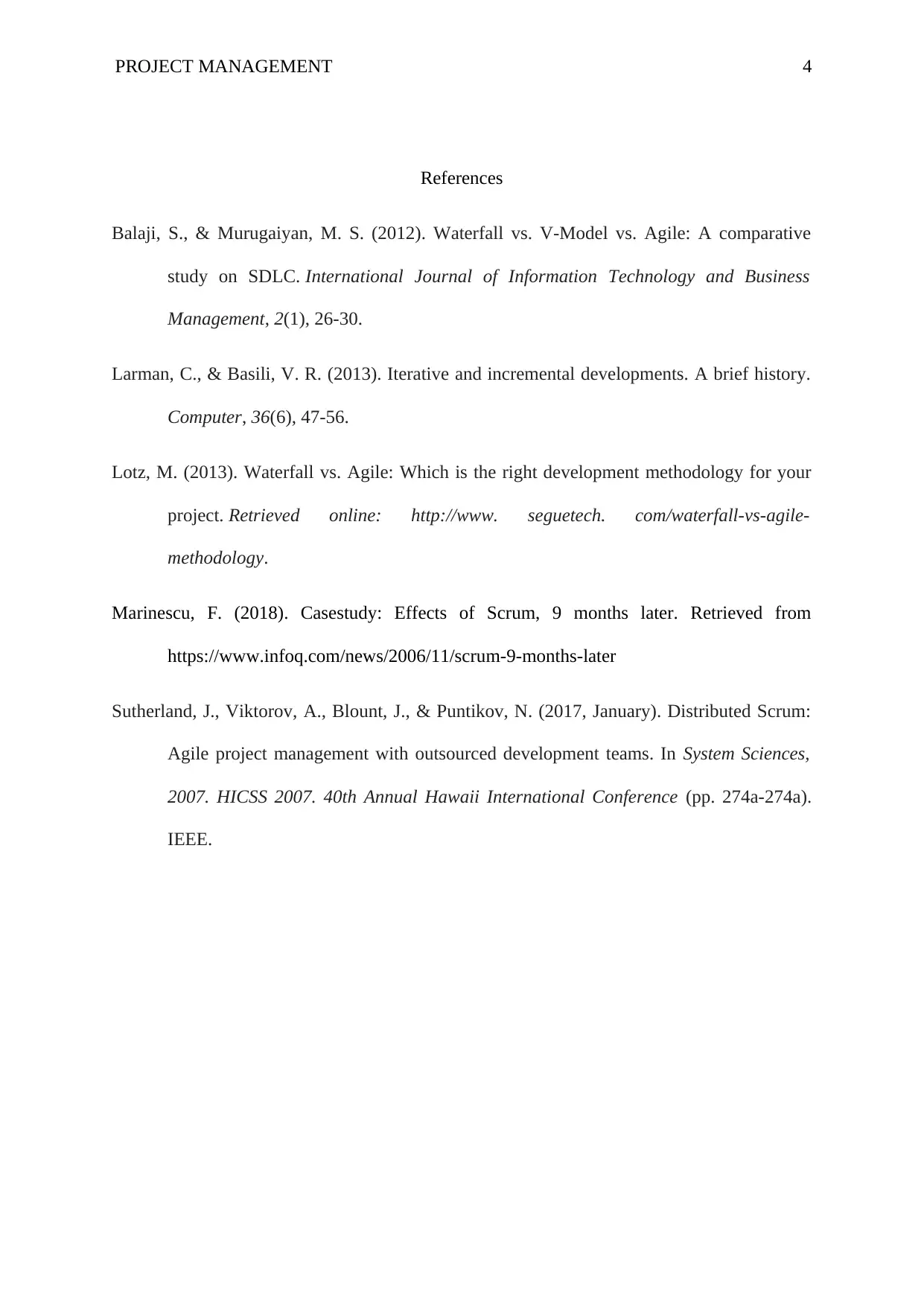
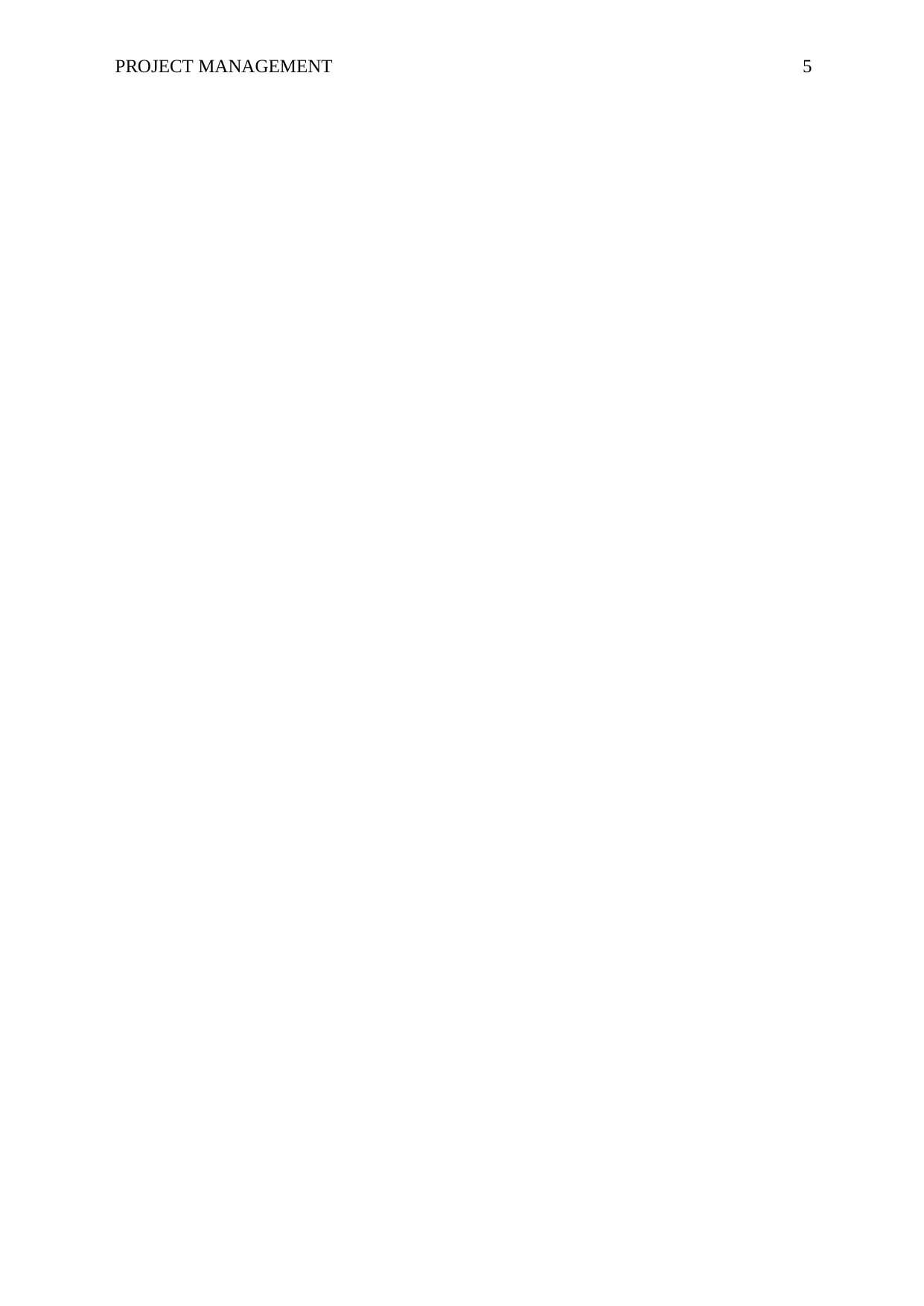





![[object Object]](/_next/static/media/star-bottom.7253800d.svg)